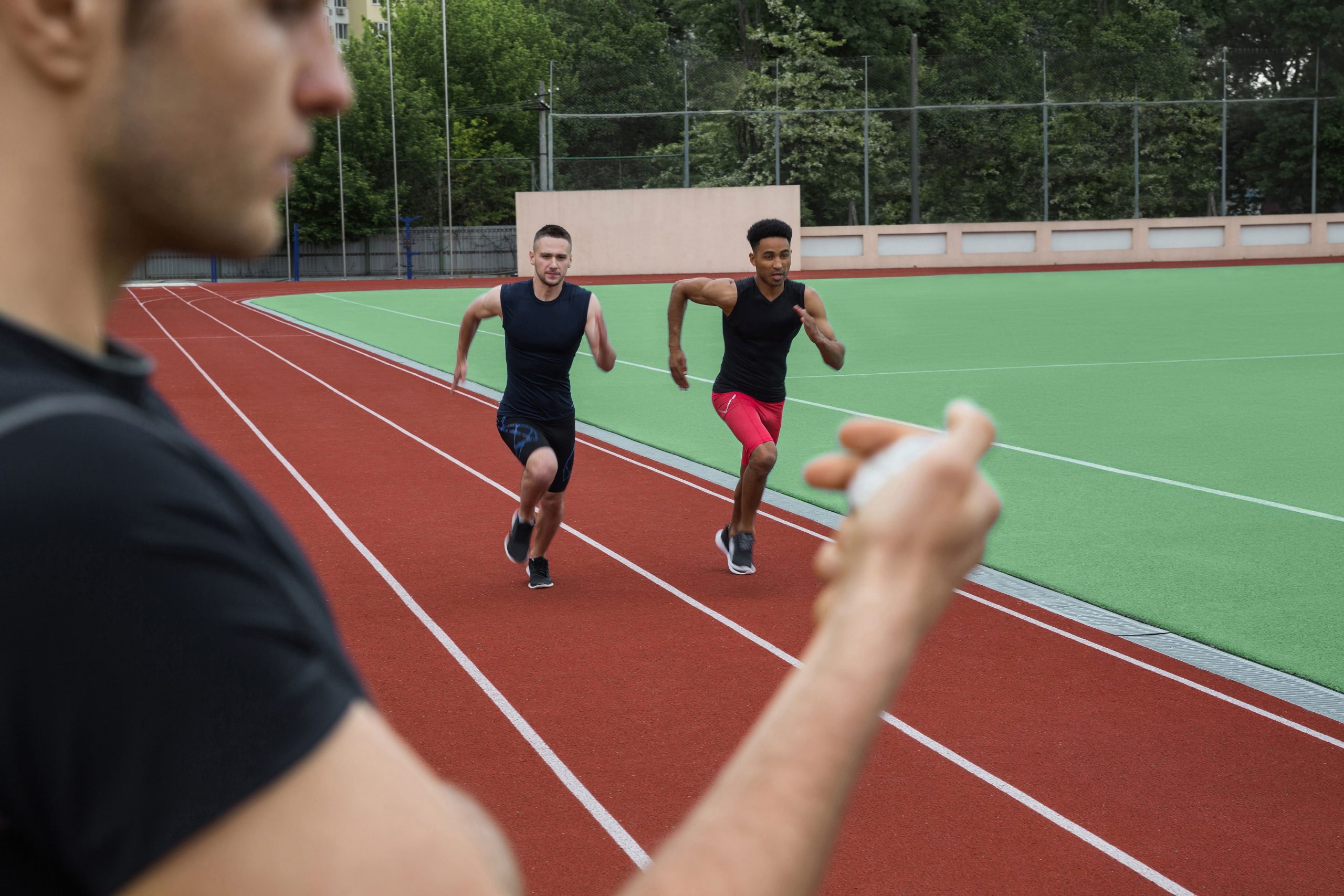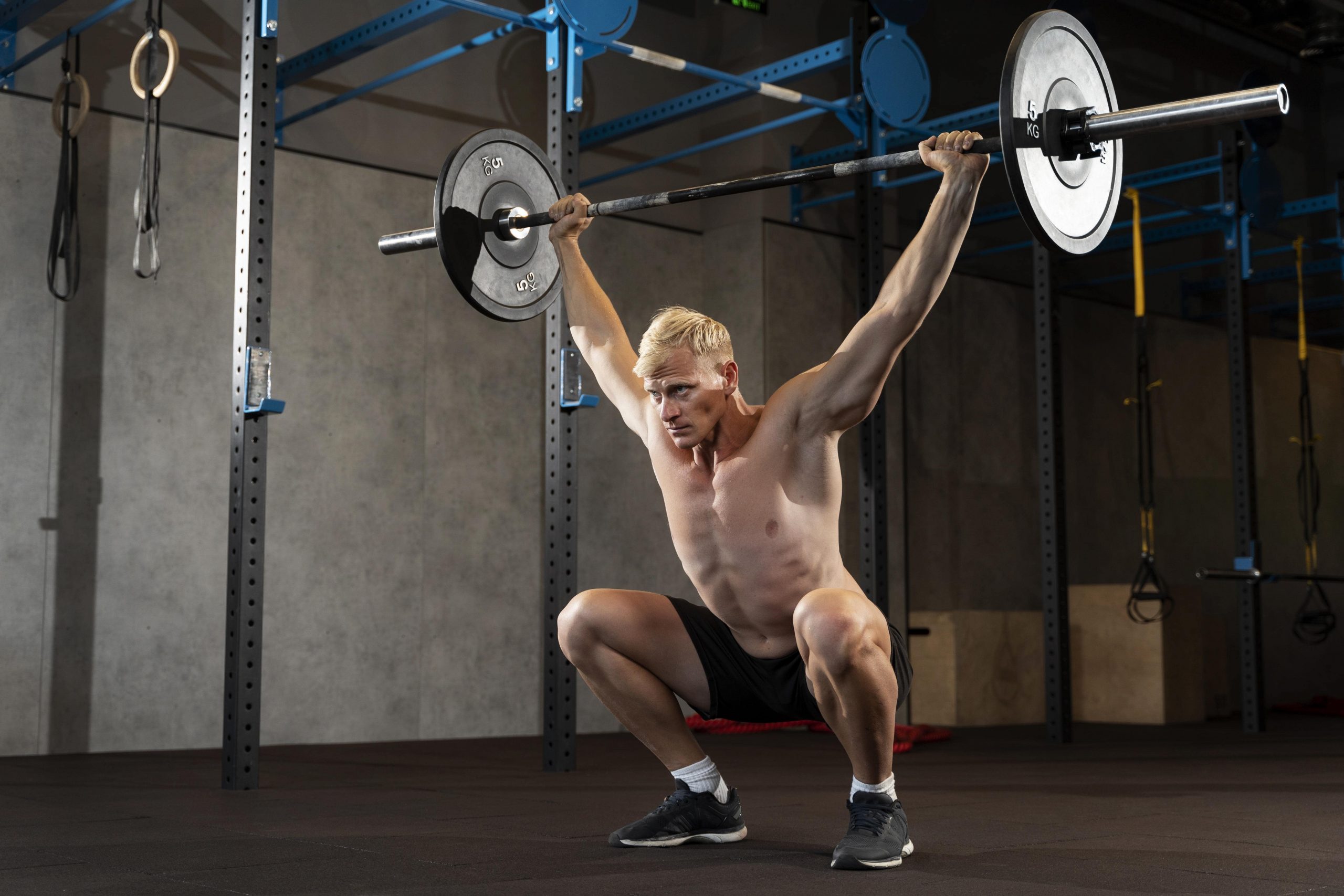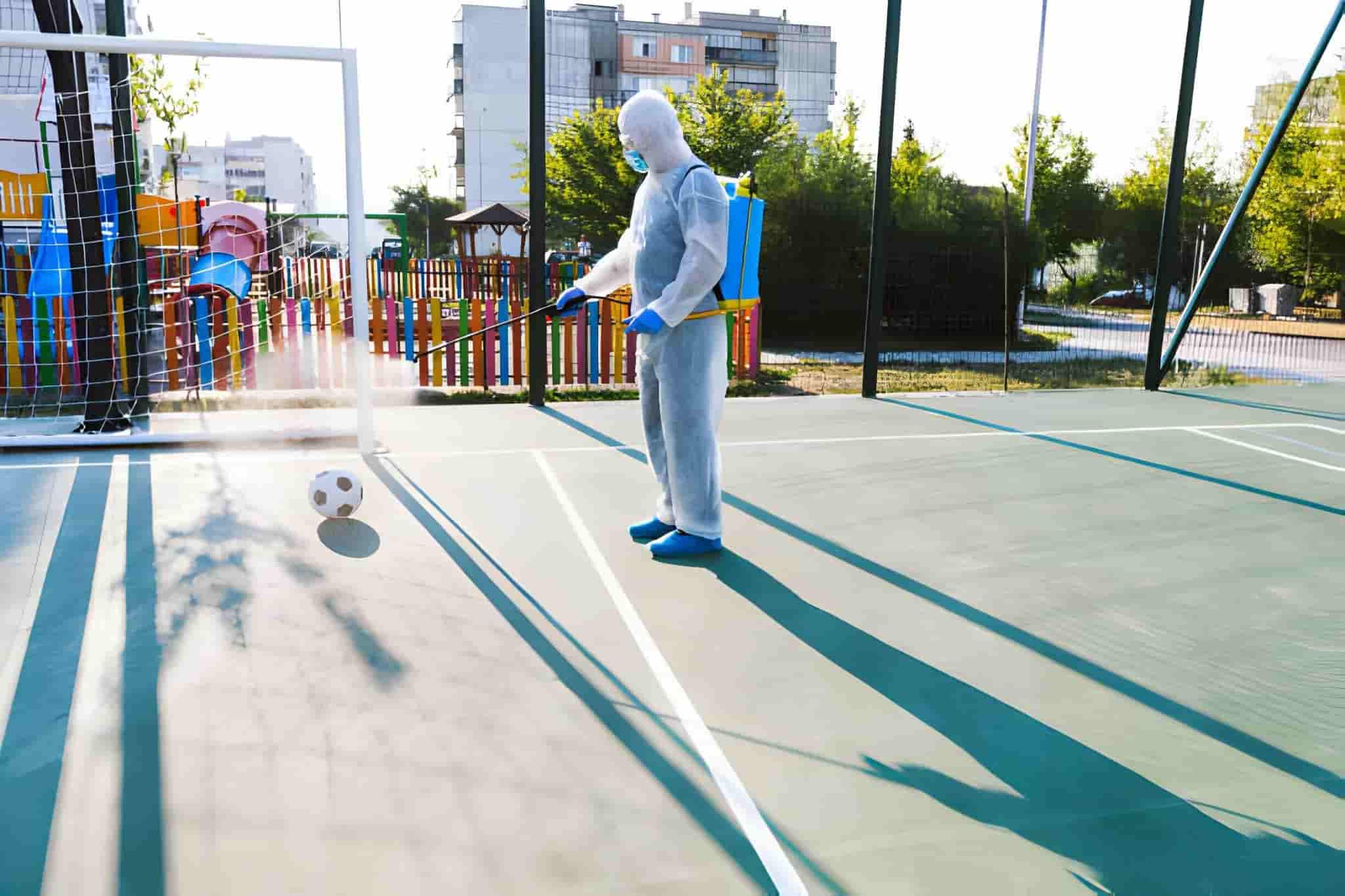In the world of sports and athletic performance, every detail matters. Athletes dedicate countless hours to training, diet, and conditioning, all in pursuit of the elusive edge that can make the difference between victory and defeat.
While training regimens and nutrition are critical components of athletic success, one often overlooked factor plays a significant role in the quality of flooring in training and competition spaces.
In this comprehensive exploration, we will delve into the science behind the connection between sports performance and the quality of flooring. Specifically, we will focus on concrete slab foundations and their pivotal role in creating optimal training environments for athletes of all levels.

The Importance of Flooring in Sports
1. Athletic Performance as a Holistic Endeavor
Athletic performance is not solely about the athlete’s physical abilities. It encompasses a holistic approach that includes factors such as mental preparedness, coaching, equipment, and the environment in which an athlete trains and competes. Flooring is a vital element of this environment, as it can significantly influence an athlete’s ability to perform at their best.
2. The Psychological Impact
Quality flooring can have a profound psychological impact on athletes. It provides a stable and supportive surface that fosters confidence and reduces the fear of injury. Knowing that they are training or competing on a reliable surface allows athletes to focus on their performance rather than worrying about slips, trips, or uneven terrain.
The Science Behind Flooring and Performance
1. Biomechanics: A Foundation for Understanding
To comprehend the relationship between flooring and athletic performance, we must first delve into the biomechanics of human movement. Biomechanics is the study of the mechanical aspects of living organisms, and it plays a pivotal role in sports science.
2. Force Distribution and Impact Absorption
In any sport, athletes exert significant force on their bodies, especially during high-impact activities like jumping, running, and sudden direction changes. The quality of the flooring surface plays a crucial role in how these forces are distributed and absorbed.
-
Force Distribution
Proper flooring should distribute the forces generated by an athlete’s movements evenly across the body, minimizing the risk of localized stress and injury. Uneven or soft surfaces can lead to uneven force distribution, potentially causing joint and muscle problems.
-
Impact Absorption
Flooring should also have sufficient impact-absorbing properties to reduce the shock and strain placed on an athlete’s body. Concrete slabs, when designed and constructed correctly, can provide an excellent balance between stability and impact absorption.
Traction and Surface Characteristics
Traction is a critical aspect of sports performance. Athletes rely on their ability to grip the surface and generate propulsive forces, whether they are sprinting on a track, making quick cuts on a basketball court, or wrestling on a mat. Flooring materials and their surface characteristics play a pivotal role in providing the necessary traction.
1. Coefficient of Friction
The coefficient of friction is a key measure of traction. It quantifies the resistance between two surfaces in contact. For athletes, the right balance of friction is essential. Too much friction can impede movement, while too little can result in slips and falls.
2. Surface Texture
The texture of a flooring surface greatly influences traction. Concrete slabs can be customized to provide the optimal texture for various sports. For instance, a basketball court requires a different texture than a track surface.
Energy Return
In sports that involve repetitive movements, such as running or jumping, energy return from the flooring surface is critical. The surface should be designed to efficiently return energy to the athlete, aiding in propulsion and reducing fatigue. Concrete slabs can be engineered to provide an optimal balance of energy return.

Concrete Slab Foundations: The Science of Performance
1. The Role of Concrete in Sports
Concrete is a versatile material with a long history of use in construction. It is renowned for its strength, durability, and stability. These qualities make it an ideal choice for sports facilities, both for indoor and outdoor applications.
2. Stability and Evenness
Concrete slabs provide a stable and even surface that is essential for sports like basketball, volleyball, and gymnastics. The precise leveling of concrete slabs ensures that there are no irregularities that could affect the trajectory of a ball or an athlete’s balance.
Temperature control is a critical factor in sports performance. Extreme heat or cold can hinder an athlete’s ability to perform optimally. Concrete slabs, when insulated properly, help maintain a consistent temperature in indoor facilities, creating a comfortable training and competition environment.
-
Insulated Concrete Slabs
Insulated concrete slabs, like those used in modern sports facilities, go a step further in regulating temperature. These slabs incorporate insulation materials that reduce heat loss or gain, ensuring that the indoor environment remains comfortable year-round.
3. Durability and Longevity
Concrete is renowned for its durability. It can withstand the rigors of intense sports activities, heavy equipment, and frequent foot traffic without deteriorating. This longevity minimizes the need for frequent repairs or replacements, saving both time and money.
4. Sports-Specific Considerations
-
Tailoring Concrete for Different Sports
Each sport has unique requirements when it comes to flooring. For instance, a tennis court requires a different surface than a weightlifting platform. Concrete slabs can be tailored to meet the specific needs of various sports, providing the ideal surface characteristics.
-
Performance Testing and Compliance
Sports governing bodies often have strict regulations regarding playing surfaces. Concrete slabs must meet these standards to ensure fair and safe competition. Compliance with regulations ensures that athletes can perform with confidence, knowing that the playing surface is consistent and fair.
The Future of Flooring in Sports
1. Advancements in Flooring Technology
As technology continues to advance, so does our understanding of how flooring impacts sports performance. Innovative materials, construction techniques, and surface treatments are continually being developed to enhance athlete safety and performance.
2. Sustainability in Sports Facilities
Sustainability is an increasingly important consideration in sports facility construction. Concrete, when used responsibly, can be an eco-friendly choice. It is durable, reducing the need for frequent replacements, and it can incorporate recycled materials.
Conclusion
In the pursuit of athletic excellence, athletes, coaches, and facility managers must leave no stone unturned. Quality flooring, particularly well-constructed concrete slabs, plays a pivotal role in creating the optimal training and competition environment. The biomechanical principles of force distribution, impact absorption, traction, and energy return all underscore the significance of flooring in sports performance.


